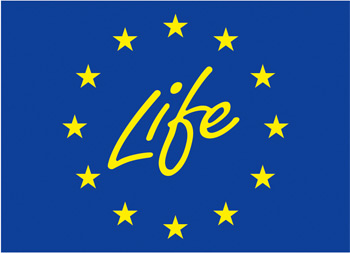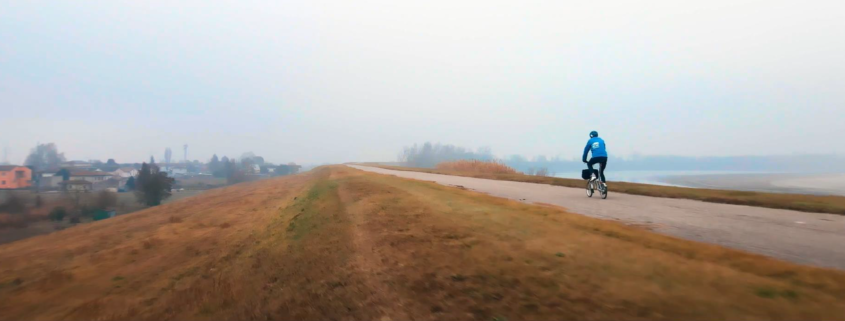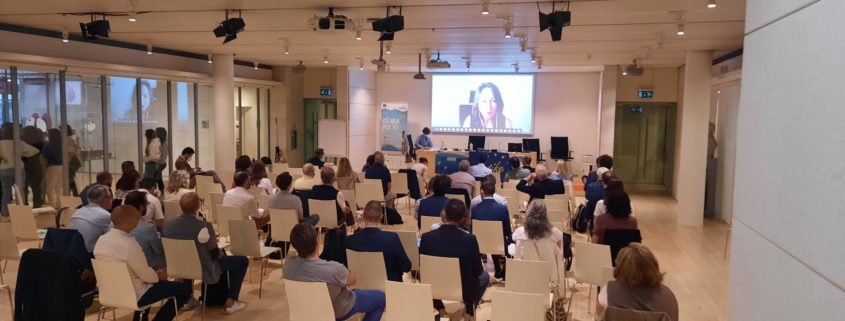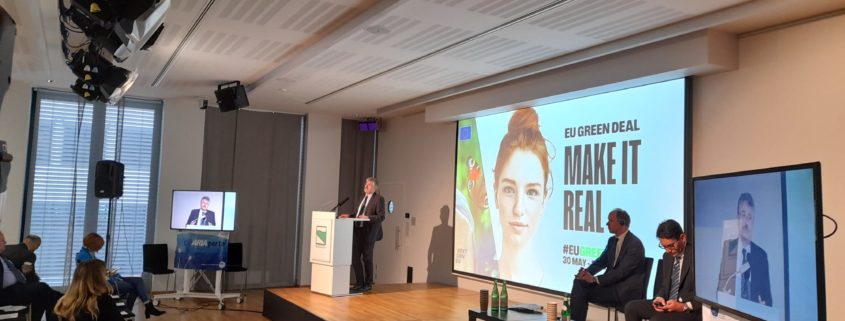The video storytelling of LIFE PrepAIR project. Watch the trailer and contact us to host a premier show of the full movie!
Among the various thematic pillars tackled by LIFE PrepAir project – significant attention has been given to the topic of energy efficiency in public buildings: in particular, as far as concern training of public officials, the focus has been on CAM, Minimum Environmental Criteria, which became mandatory by law as of 2016 and now are a fundamental tool for Green Public Procurement policy enhancement in Italy.
In this regard, PrepAir’s partners have developed various initiatives : with the project now coming to an end, the results of these activities were presented the 9th of june in Trento, during a conference entitled ‘Energy Efficiency and Public Bodies’ organised by the Province of Trento , in the presence of the partners and the main stakeholders.
The event was part of the New European Bauhaus Festival: the ‘New European Bauhaus’, recently launched by European Commission President Ursula von der Leyen, is an initiative that harks back to the famous architectural movement of the XXth century, and promotes a new lifestyle for Europe – sensitive, inclusive and accessible – integrated with the concepts of the green deal.
Concepts that fits perfecly with research and materials produced by PrepAir in the area of energy efficiency the circular economy, and even more in view of future initiatives linked to the Resilienace and Renovation National Plan and structural funds.
Over the months, the project produced and proposed to stakeholders several otputs related to the topic of Minimun Environmental Criteria (even more than originally planned), registering great interest everywhere. As a result, four manuals have been published, intended for the Public Administration, which delve into the subject of the Minimum Environmental Criteria in as many application areas (construction, energy services, public lighting and public green areas); several training workshops have been held, in various areas of the Po Valley basin; a database on existing environmental certifications, and their correspondence to CAM; and three articulated e-learning modules have been implemented, which have involved and trained more than 900 users, mostly public officials or professionals in the sector.
The conference was also an opportunity to present the work done on the infopoint on the energy requalification of public buildings to support municipal officials, available at: https://info.lifeprepair.eu/
Lastly, the topic of Energy Communities and the role of local authorities was addressed, with an in-depth look at the coordination work carried out by the province of Trento in its own territory and a comparison between the various stakeholders. The topic of energy communities is on the agenda of numerous tables, and the conference allowed for a fruitful discussion in order to clear up some doubts and deepen those that are still unresolved. Several representatives of Trentino municipalities interested in setting up energy communities in the area participated.
“The issue of air quality can only be tackled successfully if it is dealt with in an integrated manner between its various aspects,’ he said during the meeting. There is a need to create a system between all the players involved: and the Public Administration, at every territorial level, must set an example, using all the levers in its possession to transfer this European strategic vision within which our work is developed to the various local spheres.
Dowload the slides (in italian)
In the final months of its long journey, the LIFE PrepAir project has been presented in Brussels during the conference entitled ‘Improving air quality together’ at the headquarters of the Emilia-Romagna delegation to the EU.
Air pollution has always been one of the main problems in the Po Valley area, also due to its geomorphological characteristics. In recent years, the project has contributed to a considerable improvement of the situation, thanks to a series of important results and inputs.
First of all, thanks to PrepAir, the topic has been tackled in an increasingly joint manner among the various partners and increasingly integrated among the various operational sectors (from production activities to agriculture and the environment). This has enabled the growth of a scientific community of reference, capable of providing a solid basis for monitoring the effects of the various actions tested and identifying the most effective ones in terms of building future scenarios.
As a result and equally important it has been the work done in terms of stimulating the government, ever since the fundamental agreement signed in Turin during Clean Air Dialogue in 2019.
In practical terms, PrepAir made it possible to devise and test important methods and tools to better study the issue, also addressing it at a sectoral level: monitoring the various pollutants, the various sources of pollution, the results recorded for specific areas and for different periods of the year.
Even the situation following 2020 lockdown – which, of course, was unpredictable at the start of the project – has been exploited to monitor the situation during a long and unprecedent period characterized by almost no vehicular traffic. It was thus discovered that the concentration of certain pollutants had decreased less than expected in the Po basin during the lockdown weeks: confirming that vehicular pollution is only one of the cause of poor air quality. Emissions from biomass domestic heating, as well as sewage manure in agriculture (which releases pollutants such as ammonia and nitrogen oxides) are equally important impacts.
The results achieved in each of the pillars were extensively summarised at the Brussels meeting by the project leaders, who took turns in presenting them.
The participation of François Wakenhut, head of the European Commission’s Clean Air Unit (a Commission that has sanctioned Italy on two occasions in recent years with regard to the excessive concentration of pollutants: in 2019 for PM10 and recently for nitrogen oxides) was particularly significant. In fact, Wakenhut took note of the numerous activities carried out by the various project partners in recent years and the evident progress made, congratulating them and encouraging Italy to continue in this direction.
Compliments that were also reiterated in the speech by Angelo Salsi, LIFE project manager for the European Union. The meeting was also attended by Joanne Swets, coordinator of the AIR network of European regions.
At the end of the day, the docufilm ‘C’è aria per te! (You’ve got Air!)’, a medium-length film produced by the project that will be available for screening by local broadcasters, at festivals and similar occasions.
Click here to dowload the slides of the conference.
Social Media
LIFEPREPAIR
February 2017 – December 2024
Budget: 16.805.939 € with a co-financing by the EU of 9.974.624
Leadpartner: Emilia-Romagna Region, Directorate General for Territorial and Environmental care
SUPPORTED BY




